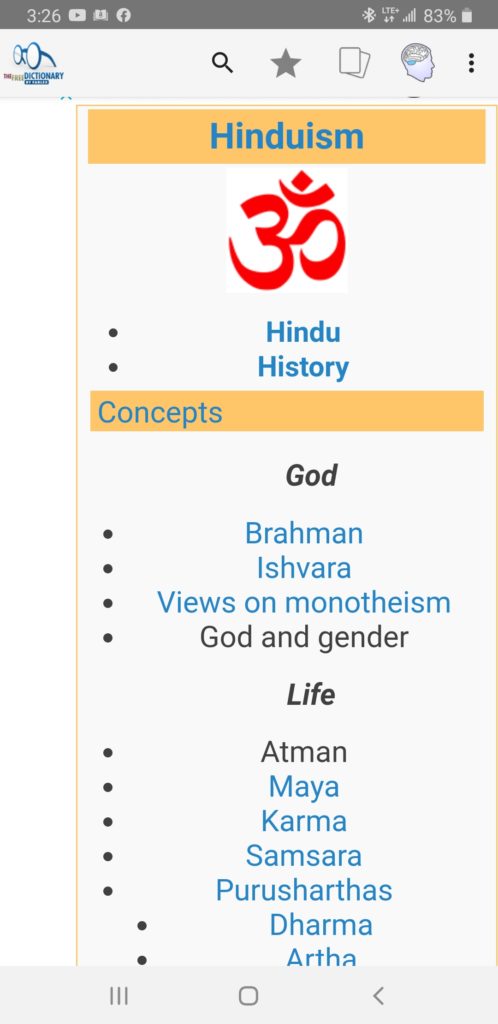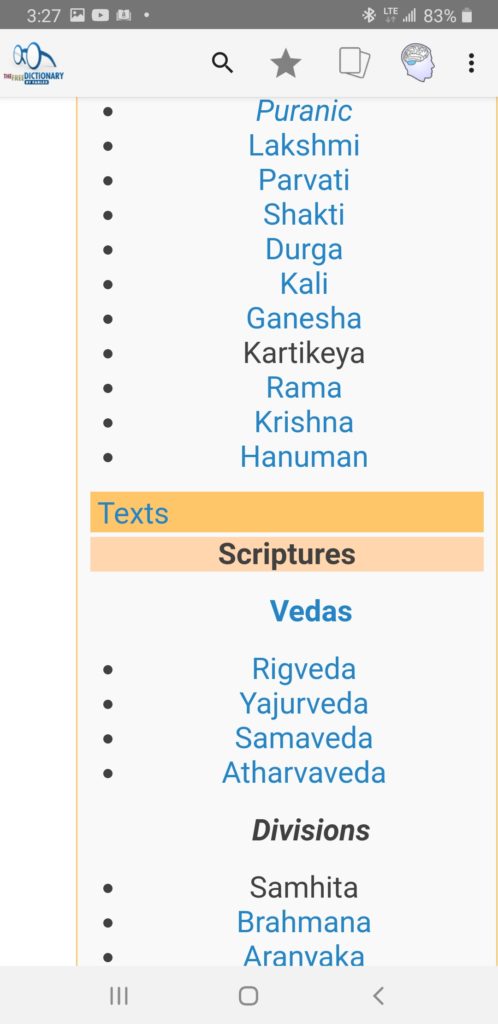In Hinduism, and in particular Jnana Yoga and Advaita Vedanta, neti neti is a Sanskrit expression which means “not this, not this”, or “neither this, nor that” (neti is sandhi from na iti “not so”). It is found in the Upanishads and the Avadhuta Gita and constitutes an analytical meditation helping a person to understand the nature of Brahman by first understanding what is not Brahman. It corresponds to the western via negativa, a mystical approach that forms a part of the tradition of apophatic theology. One of the key elements of Jnana Yoga practice is often a “neti neti search.” The purpose of the exercise is to negate rationalizations and other distractions from the non-conceptual meditative awareness of reality.
Significance of neti neti
Neti neti, meaning, “Not this, not this”, is the method of Vedic analysis of negation. It is a keynote of Vedic inquiry. With its aid the Jnani negates identification with all things of this world which is not the Atman, in this way he negates the Anatman. Through this gradual process he negates the mind and transcends all worldly experiences that are negated till nothing remains but the Self. He attains union with the Absolute by denying the body, name, form, intellect, senses and all limiting adjuncts and discovers what remains, the true “I” alone.[1] L.C.Beckett in his book, Neti Neti, explains that this expression is an expression of something inexpressible, it expresses the ‘suchness’ (the essence) of that which it refers to when ‘no other definition applies to it’.[2] Neti neti negates all descriptions about the Ultimate Reality but not the Reality itself. Intuitive interpretation of uncertainty principle can be expressed by “Neti neti”[3] that annihilates ego and the world as non-self (Anatman), it annihilates our sense of self altogether.[4]
Adi Shankara was one of the foremost Advaita philosophers who advocated the neti-neti approach. In his commentary on Gaudapada’s Karika, he explains that Brahman is free from adjuncts and the function of neti neti is to remove the obstructions produced by ignorance. His disciple, Sureshvara, further explains that the negation, neti neti, does not have negation as its purpose, it purports identity.[5] The sage of the Brihadaranyaka Upanishad II iii 1-6, beginning with there are two forms of Brahman, the material and the immaterial, the solid and the fluid, the Sat ‘being’ and tya, ‘that’ of Satya – which means true, denies the existence of everything other than Brahman. And therefore, there exists no separate entity like Jiva which Shankara states is the reflection of Brahman in Avidya (ignorance).[6






